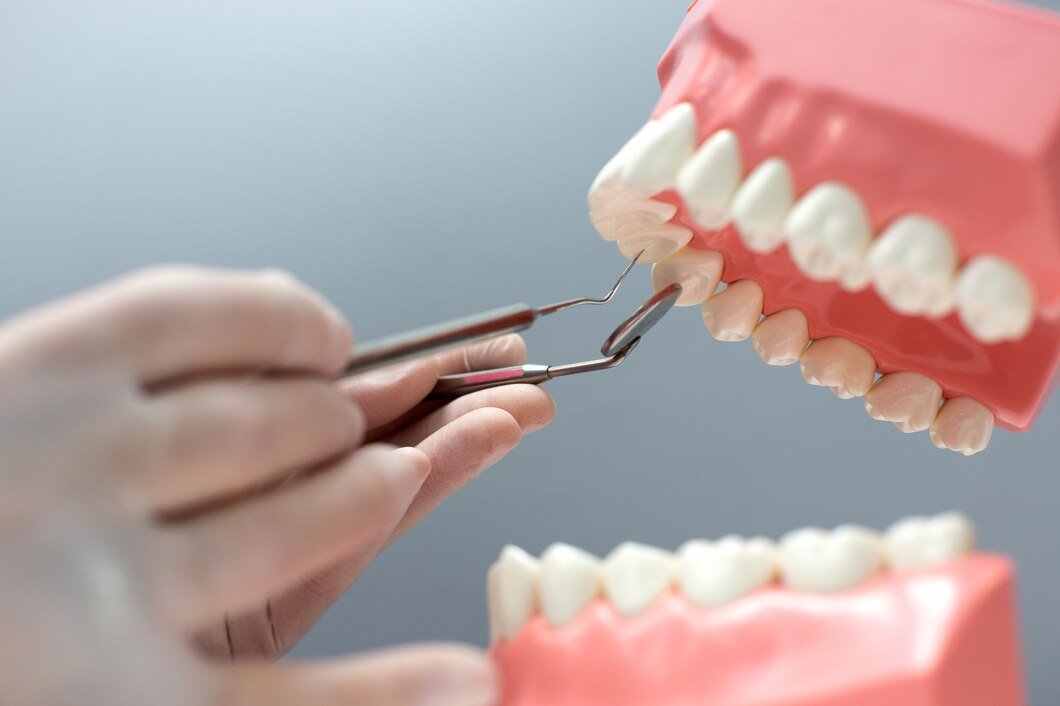Identifying the symptoms of Autism Spectrum Disorder: the role of chewing behaviors
Autism Spectrum Disorder is a neurodevelopmental condition that characterizes a wide range of difficulties in social communication, behavior, and sensory processing. The early recognition of these signs and symptoms can play a great role in developing an autistic child. One less-discussed but important symptom of ASD is chewing behaviors. Knowing the relationship between chewing and autism can help parents, caregivers, and educators better identify and manage these behaviors.
Understandings About the Symptoms of Autism Spectrum Disorder
The symptoms of Autism Spectrum Disorder differ widely from child to child, but all often fall under three main types:
Difficulties With Social Interaction: Problems relating, understanding social cues, or engaging in reciprocal conversations
Communication Difficulties: Delayed speech development or inability to understand language use or tone; or failing to communicate through other methods.
This entails recurrent movements, fixations about certain topics, and at other times, sensory processing concerns.
Chewing behaviors in children with autism fall most appropriately under the sensory category as well, which may constitute one significant symptom to look out for.
What Are Chewing Behaviors in Autistic Children?
Chewing behaviors for autistic children can manifest as a repetitive need to chew on non-food items, such as clothing, pencils, toys, or even fingers. Such behavior is commonly associated with sensory processing differences. Most children with ASD are either hypersensitive or hyposensitive to sensory input and may chew as a self-regulatory mechanism or coping behavior.https://empireadda.com/best-autism-care-in-bangalore-for-humming-autistic-children/
Examples of chewing behaviors include:
- Chewing shirt sleeves, collars, or other clothing.
- Biting or mouthing pencils, erasers or other school supplies.
- Wearing chewable jewelry or fidget toys designed for sensory stimulation.
These are not indiscriminate behaviors; they exist to fulfill a purpose with the child, which will be to calm or concentrate a child in an overwhelming period.
Why Do Autistic Kids Chew?
Oral sensory input: Chewing can help a child regulate his or her sensory system. For children who are either overstimulated or under-stimulated, chewing can create a sense of balance.
Anxiety and Stress: Chewing can be a coping mechanism for anxiety or stress. In unfamiliar or stressful environments, the repetitive action of chewing can be soothing.
Oral-Motor Stimulation: Some children with ASD seek more oral-motor input to strengthen their oral muscles or to fulfill a sensory need.
Focus and Concentration: Chewing can help some children focus better, particularly in classrooms where other sensory inputs may be distracting.
Recognizing Chewing Behaviors as a Symptom
Note that while a number of children will chew regularly, persistent and repetitive chewing may be related to deeper sensory processing challenges in association with ASD. If the child is seen to frequently chew on objects across settings or in response to sensory and emotional challenges, further evaluation to identify autism-related sensory symptoms may be warranted.
Methods to Manage Chewing Behaviors
Managing chewing behaviors in autistic children requires understanding their sensory needs and providing appropriate alternatives. Here are some effective strategies:
- Provide Safe Chewing Alternatives
Offering safe, chewable items such as silicone chew necklaces, chewable pencil toppers, or other sensory tools can redirect chewing behaviors to appropriate objects. These items are designed to be safe, durable, and satisfying for children who need oral input.
- Create a Sensory-Friendly Environment
At other times, reducing the input of sensory overload in a child’s environment can aid in reducing the need for chewing. Noise-canceling headphones, dimmer lights, or quiet spaces all can help manage sensory input.
- Teach Alternate Coping Mechanisms
Reducing chewing behaviors can often be achieved by helping the child to develop other ways to cope with stress or anxiety. This may include teaching him deep breathing exercises, utilizing visual schedules, and engaging in calming activities, such as drawing or listening to music.
- Consult with Occupational Therapists
Occupational therapists who specialize in sensory integration can provide individualized strategies for chewing behaviors. They can assess the child’s sensory profile and recommend specific tools and techniques to meet their sensory needs.
- Monitor for Underlying Issues
In some cases, this chronic chewing may be symptomatic of underlying oral-motor or dental issues. Ruling out any possible source of physical discomfort or other dental issues that may contribute to this behavior is necessary.
When to Seek Professional Help
Interventions would be helpful when such chewing behaviors continue or interrupt a child’s life. Seeking professional assistance might be essential if a developmental pediatrician, occupational therapist, or autism specialist is consulted, as the individual can be screened for total sensory needs, which in turn can make them develop an appropriate plan.
Chewing behaviors of most children with autism may present something more than a mere habit or ritual; they have some sense in them, showing significant cues about the sensory processing disorder problems that are mostly encountered along with Autism Spectrum Disorders. Parents and Career can help kids suffering from ASD to make easy-going of their senses if understood and supported at their needed times.
Understanding and responding to these behaviors early in life can make a great difference in helping autistic children thrive in different environments. With the right strategies and support, chewing behaviors can be redirected in a manner that promotes positive sensory regulation and emotional well-being.



